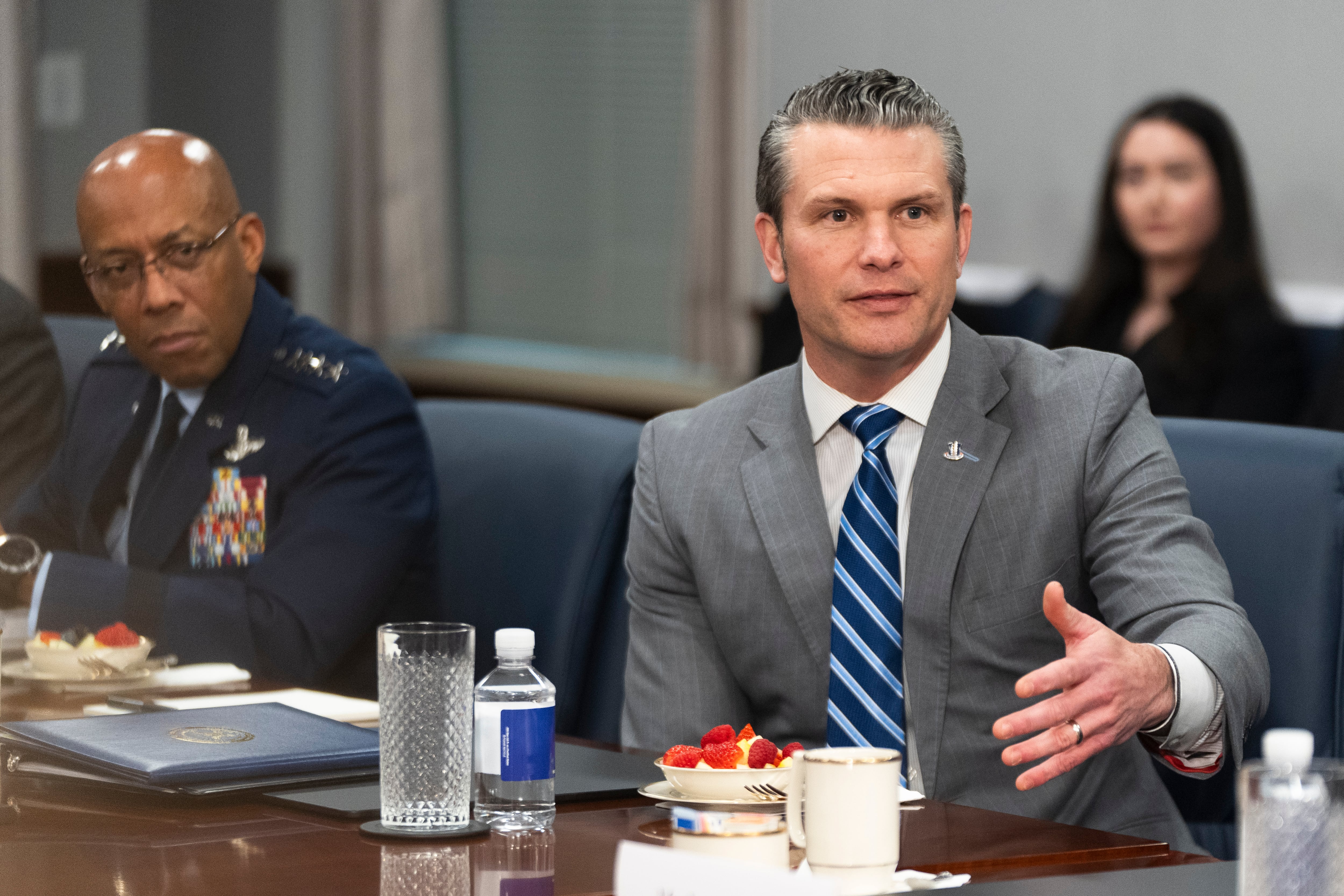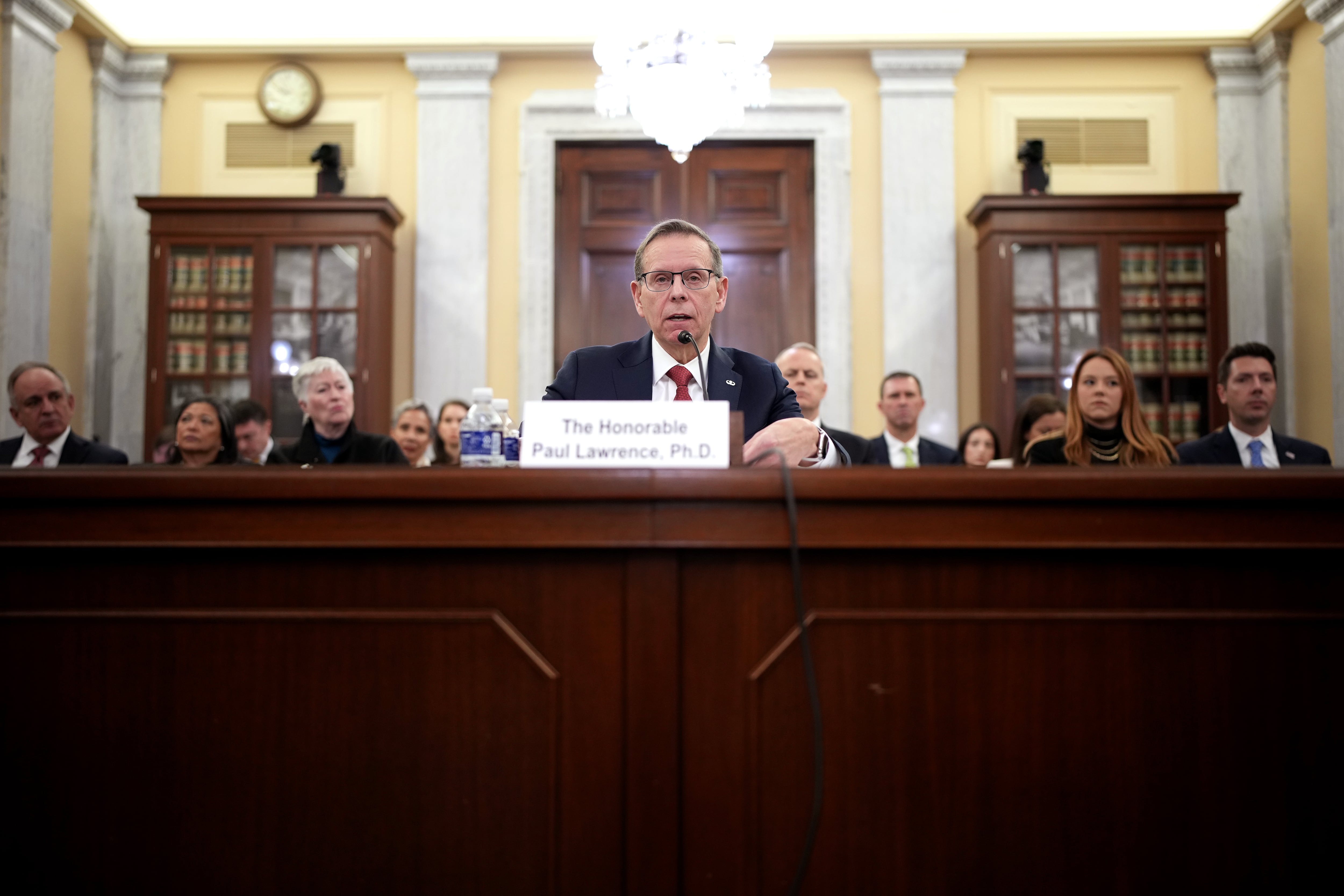ready to edit
FB: How safe is D.C. airspace? Congress questions NORAD's ability to protect the air above the nation's capital after a postal worker was able to land a gyrocopter on Capitol Hill.
Lawmakers on Wednesday expressed a lack of confidence in tThe military's multilevel security system after it failed to accurately detect a postal worker in a gyrocopter as it breached Washington, D.C.'s protected airspace and landed on the Capitol lawn earlier this month, prompting members of Congress today to express a lack of confidence in the ability of the Defense Department and other agencies to protect government airspace in Washington, D.C.
"The airspace around our nation's capital is supposed to be the most restricted in the world, yet a postal worker, hello, a postal worker from Florida was able to fly his gyrocopter for 30 miles through restricted airspace before landing on the Ccapitol lawn," said committee ranking member Rep. Elijah Cummings, D-Md., ranking member of the House Oversight and Government Reform Committee said. "In this case the individual was only trying to make a peaceful demonstration, but we might not be so fortunate in the future."
The It is the ultimate responsibility of the department's North American Aerospace Defense Command has ultimate responsibility to detect and, if necessary, defeat threats to the National Capital Region using a network of radars, cameras and aircraft assigned to the Air National Guard and Coast Guard. NORAD commander Adm. William Gortney told the committee The command's leader said today the network couldn't distinguish the gyrocopter and its pilot, Florida postal worker Doug Hughes, from birds or changes in weather.
Hughes, a U.S. Postal Service worker from Florida, landed on the Capitol grounds as a protest of government corruption, but members of Congress are now expressing concern about similar aircraft that could pose a threat to Washington.
"What we now understand is that the gyrocopter was detected by several of the integrated sensors as it approached and transited through the [protected airspace SFRA]," NORAD commander Adm. William Gortney said told the House Oversight and Government Reform Committee. "However, the aircraft's flight parameters fell below the threshold necessary to differentiate aircraft from weather, terrain, birds and other slow flying objects so as to ensure that the systems and those operating focus on that which poses the greatest threat."
Gortney and others testifying members of the panel before the committee, including representatives of the Defense Department and police departments in the area, attempted to highlight their ability to protect the airspace, but lawmakers members of Congress repeatedly expressed dissatisfaction in this ability based on the gyrocopter incident.
"Who's in charge?" committee chairman Rep. Jason Chaffetz, R-Utah, asked. "You've got a dude in a gyrocopter 100 feet in the air crossing 30 miles of airspace."
"The airspace around our nation's capital is supposed to be the most restricted in the world, yet a postal worker, hello, a postal worker from Florida was able to fly his gyrocopter for 30 miles through restricted airspace before landing on the capitol lawn," committee ranking member Rep. Elijah Cummings, D-Md., said. "In this case the individual was only trying to make a peaceful demonstration, but we might not be so fortunate in the future."
NORAD uses a network of fighter aircraft across the country to protect U.S. airspace from major threats, including Air National Guard F-16s stationed at Joint Base Andrews, Maryland, responsible for protecting Washington, D.C. U.S. Coast Guard helicopters in the area are tasked with intercepting lower-level, slow-flying aircraft.
"These alert fighters, whose numbers may be adjusted to meet changing threat levels, are capable of reaching targets threatening our nation's major population centers and national critical infrastructure within minutes to dissuade, deter and, if necessary, defeat air threats," Robert Salesses, the deputy assistant secretary of defense for homeland defense integrationed and defense support of civil authorities, said in testimony to the committee.
The 113th Wing's aerospace control alert detachment at Andrews last month reached a milestone of responding to 5,000 alert events since Sept. 11, 2001, the wing announced today. The aircraft respond to alerts from NORAD, bwho uses a multi-level tracking system to find threats. But these sensors can only follow large threats, ranging from airliners to small, Cessna-like aircraft, Gortney said.
"Identifying low altitude and slow speed aerial vehicles from other objects is a technical and operational challenge," Gortney said in testimony. "Our initial analysis of this event has further confirmed the need to continue to improve our ability to identify low-altitude and slow-speed aerial vehicles operating in the [capital region]."
NORAD is testing a Joint Land Attack Cruise Missile Defense Elevated Netted Sensor System, or JLENS, at Aberdeen Proving Ground, Maryland. It is investigating whether The system was in testing, and NORAD, in its investigation, is looking to see if the system was able to track the gyrocopter.
Despite the incident, NORAD remains "confident that the established, tactics, techniques and procedures used by all [Washington-area] entities are effective," Gortney said.





